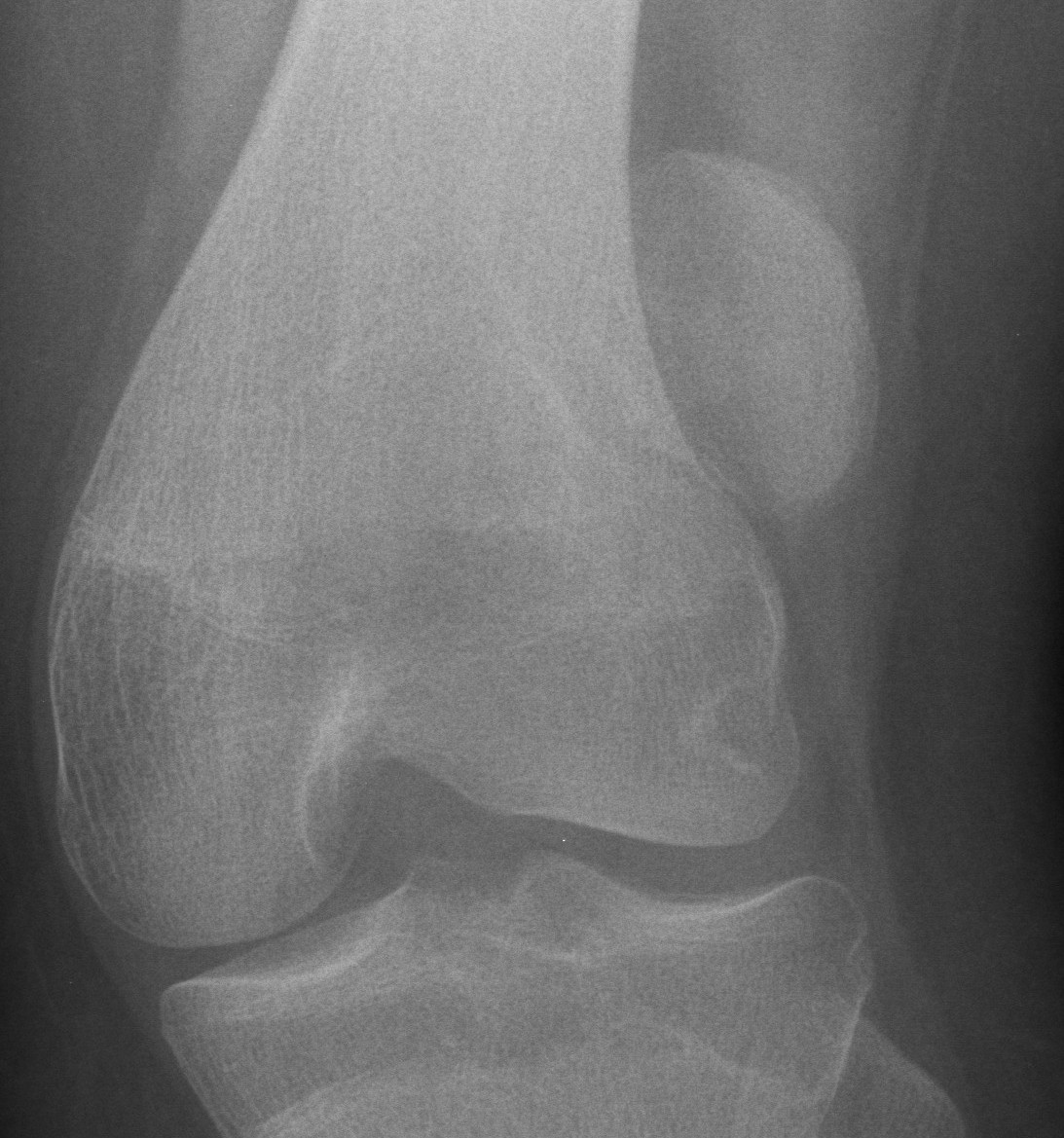dislocation
Background
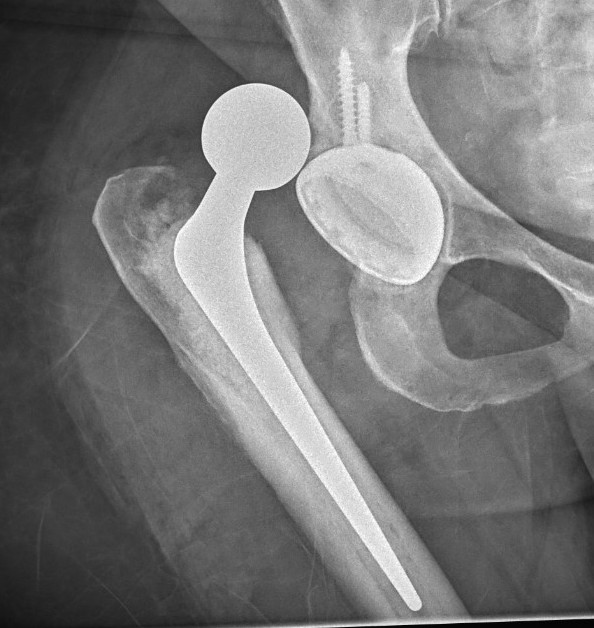
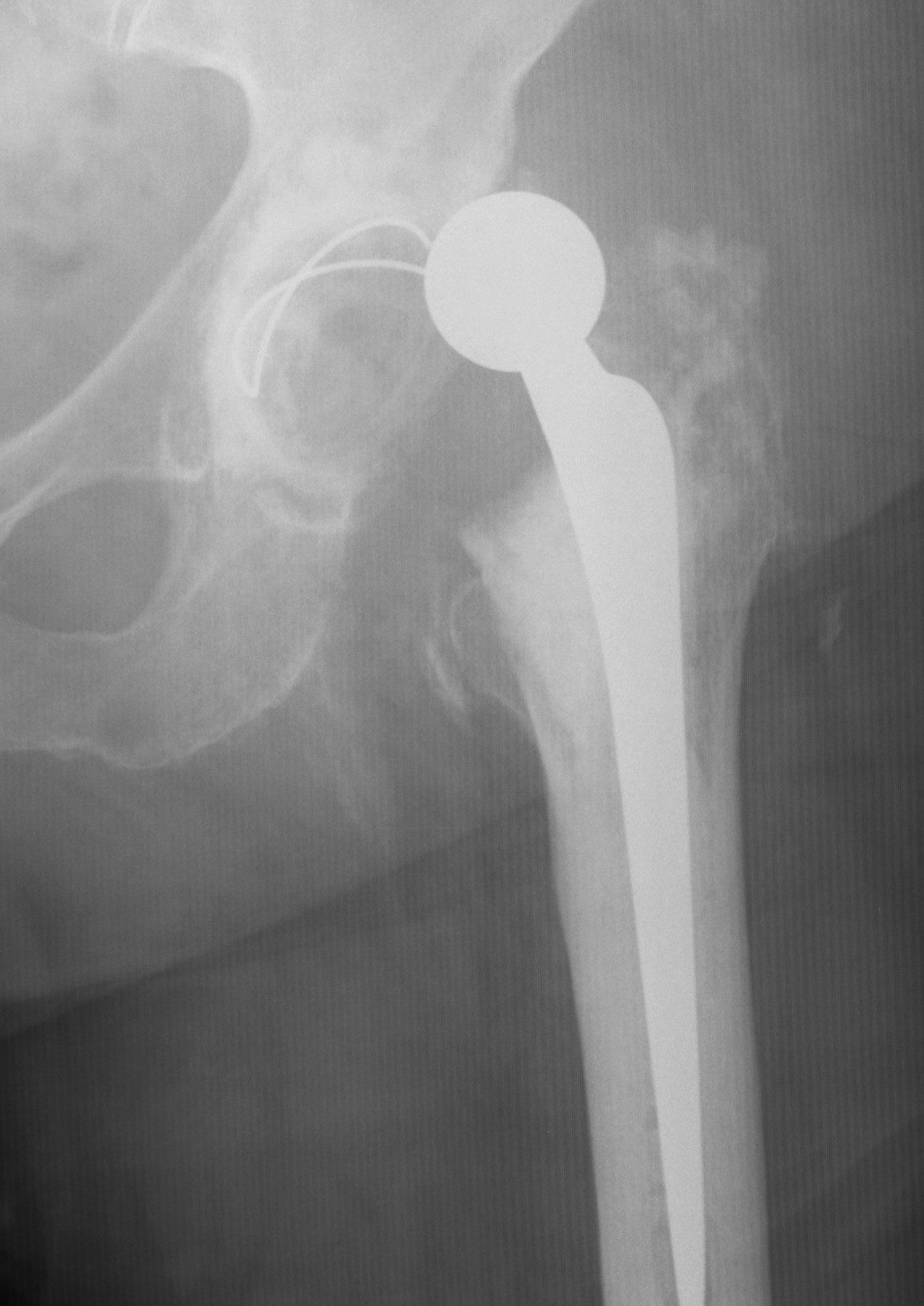
Incidence
Management
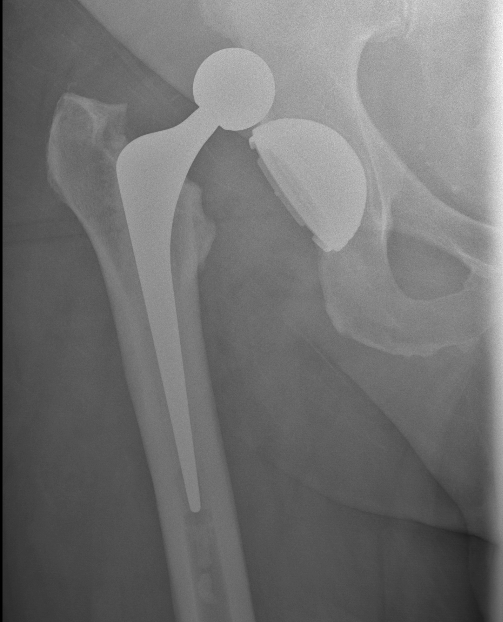

Timing
Early < 3 - 6 months
- most common
Dual mobility

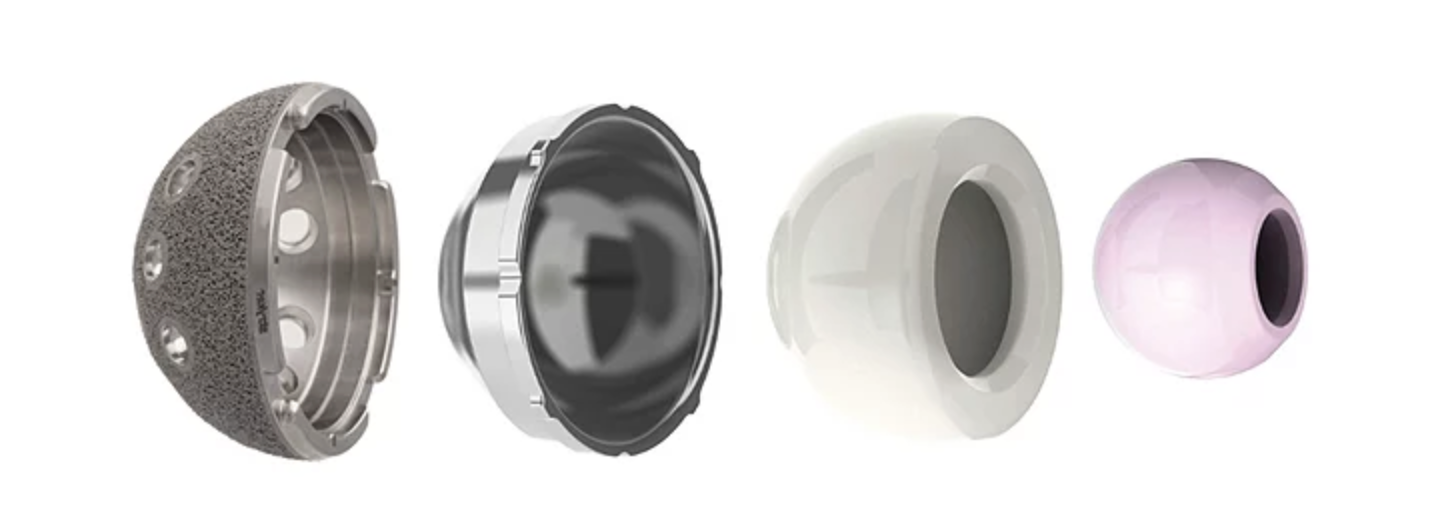
Stryker dual mobility
Concept
Hip
Aims
Prevent contractures
Prevent dislocations
Improve walking
Provide stable and painless sitting
Allow perineal care
Issues
Hip Dislocation
Adductor contractures
Flexion contractures
In-toeing
Windswept hips
Hip Dislocation
Natural History
Accepted that a dislocated hip in CP is painful
Atlanto Occipital Dislocation
Epidemiology
Deadly & rare
- usually post mortem
More common in children due to
- immature joints
- larger head to body ratio
- relative ligamentous laxity
Aetiology
High velocity trauma
- MVA
Mechanism
- hyperextension, distraction & rotation
Types
Pure ligament injury usually
Facet Joint Dislocation
Definition
Facet joint dislocations secondary flexion distraction injury
Epidemiology
10%
Stages
1. Unifacet subluxation - interspinous process widening
2. Unifacet dislocation - 25% anterolisthesis
3. Bifacet dislocation - 50% anterolisthesis
4. Complete vertebral translation - 100% anterolisthesis
Unilateral Facet Joint Dislocation
Great toe dislocation
Epidemiology
Uncommon
- dancers
- athletes
Aetiology
Hyperdorsiflexion of the MTPJ
Pathology
MT head dislocates plantar
- may buttonhole through capsule
- can prevent closed reduction
Blocks to Reduction
1. Sesamoids
2. Conjoint tendon
3. Intersesamoid Ligament
Instability
Types of Instability
1. AP Instability
2. Varus Valgus Instability
3. Global Instability
4. Frank Dislocation
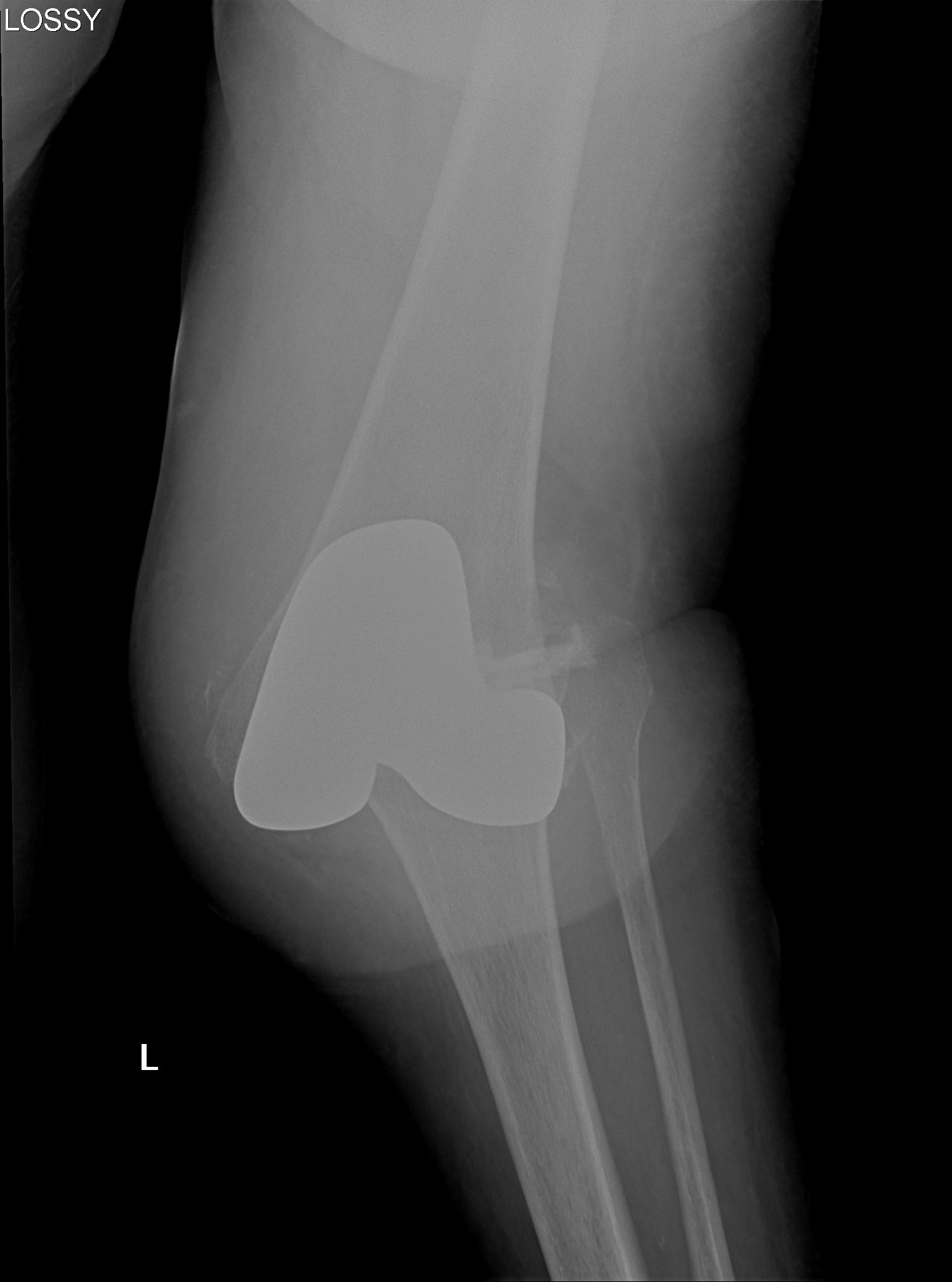
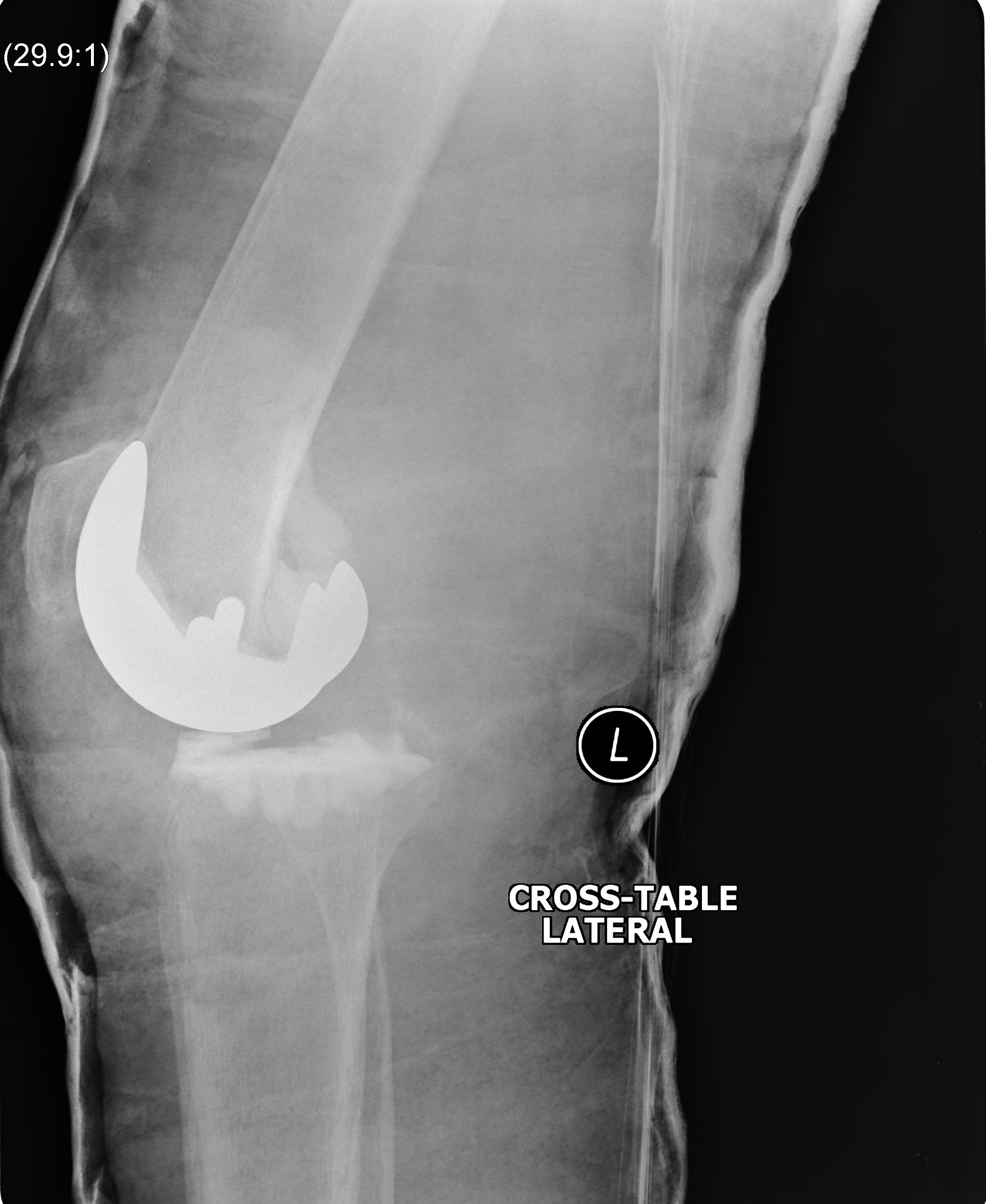
Acute Patella Dislocation
Mechanism
1. Direct lateral blow to patella
- usually with knee partly flexed and quadriceps relaxed
2. Indirect low energy injury

